After centuries buried in volcanic ash, an ancient scroll charred during the eruption of Mount Vesuvius in AD 79 is finally yielding its secrets, thanks to a team of scholars and cutting-edge technology, CNN reports.
The scroll, part of a vast collection discovered in Herculaneum, is being virtually unwrapped and deciphered using artificial intelligence as part of the Vesuvius Challenge, a competition designed to accelerate the decoding of these fragile artifacts.
Held at the University of Oxford’s Bodleian Libraries, the scroll (designated PHerc. 172) is the fifth intact Herculaneum scroll to be successfully virtually unrolled. The Vesuvius Challenge team is employing AI and advanced computer-based techniques to piece together the fragmented scroll and enhance the visibility of the ancient ink.
The project has already yielded remarkable results, generating the first images of text from within the scroll. The Bodleian Libraries announced this week that they have begun the process of interpreting the columns of text.
One of the first words to be translated is the ancient Greek term διατροπή (diatropē), meaning “disgust,” which appears multiple times within a few columns. This initial discovery offers a tantalizing glimpse into the scroll’s content.
The physical fragility of these scrolls makes traditional methods of decipherment impossible. Attempting to manually unfurl them would likely cause them to crumble, destroying any traces of script. This makes the non-invasive digital approach crucial to unlocking their secrets.
Brent Seales, a professor of computer science at the University of Kentucky and co-founder of the Vesuvius Challenge, attributes this to the chemical composition of the ink, which appears more clearly in X-ray scans. Researchers believe the ink may contain a denser ingredient, possibly lead, but further testing is needed to confirm the exact recipe.
Seales emphasizes that the machine-learning techniques are not decoding the text directly, but rather enhancing the readability of the ancient ink. Transcription and translation of the amplified text will rely on the expertise of human scholars, including those at the University of Oxford.
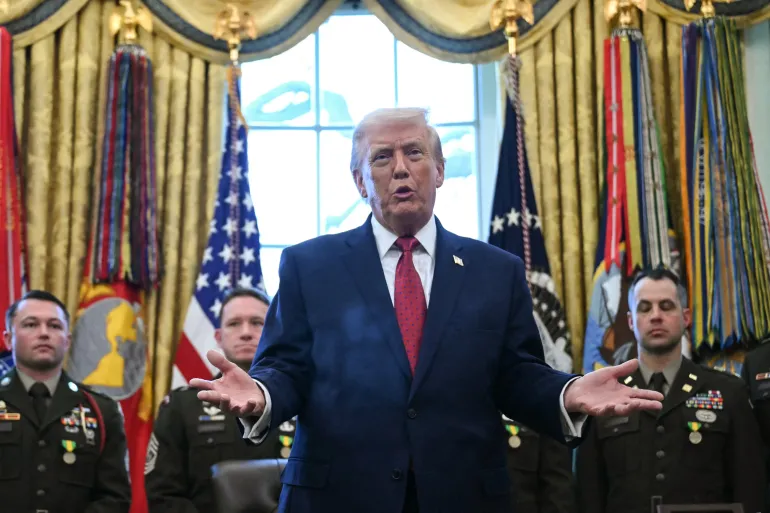
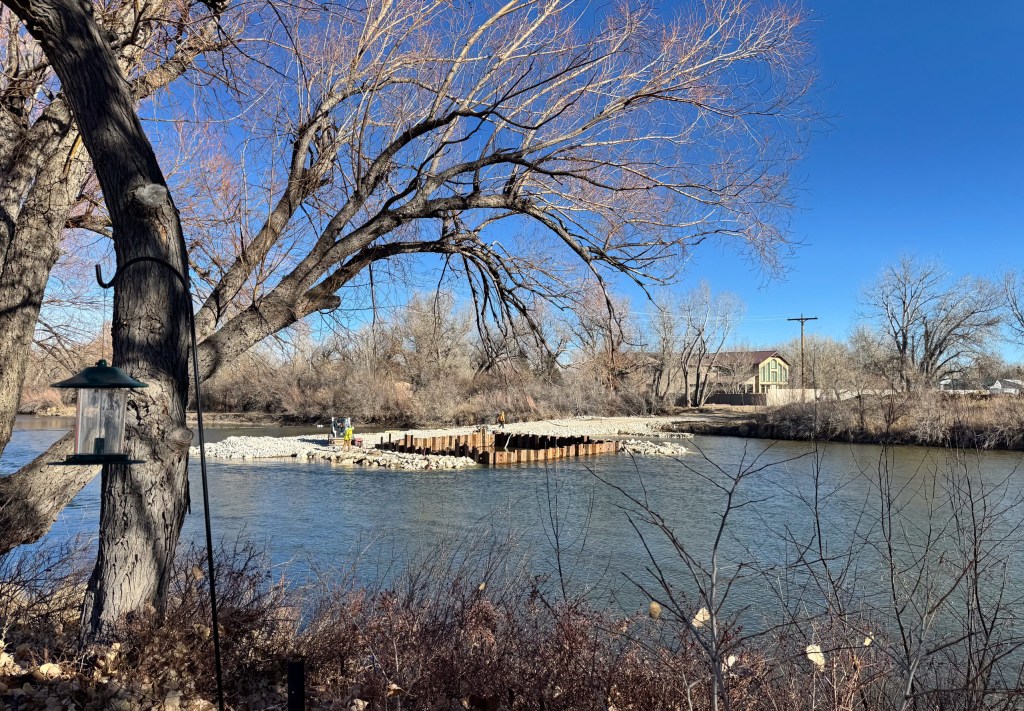

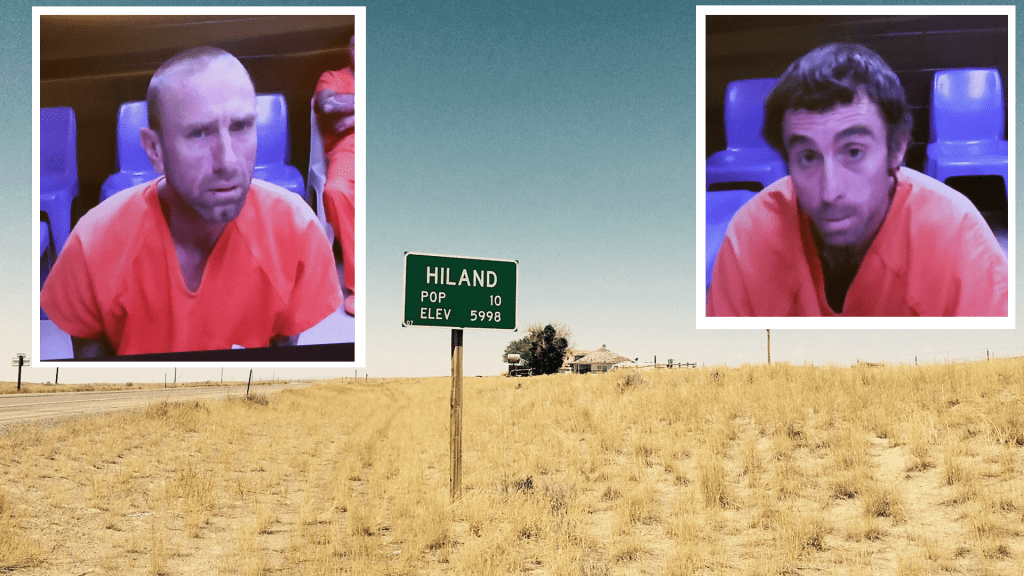

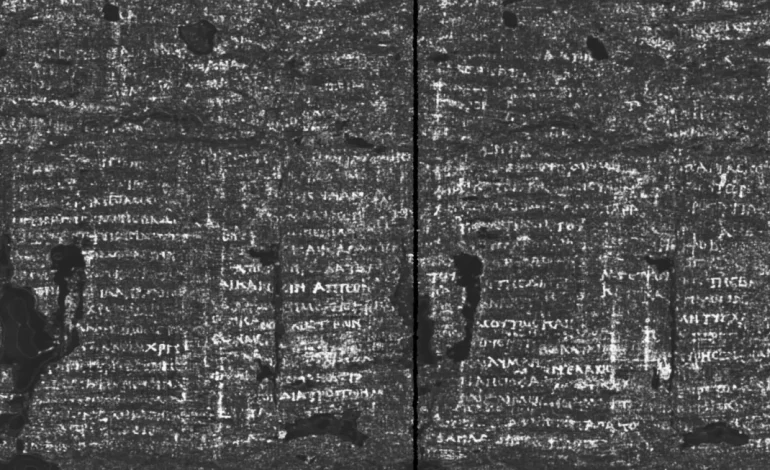


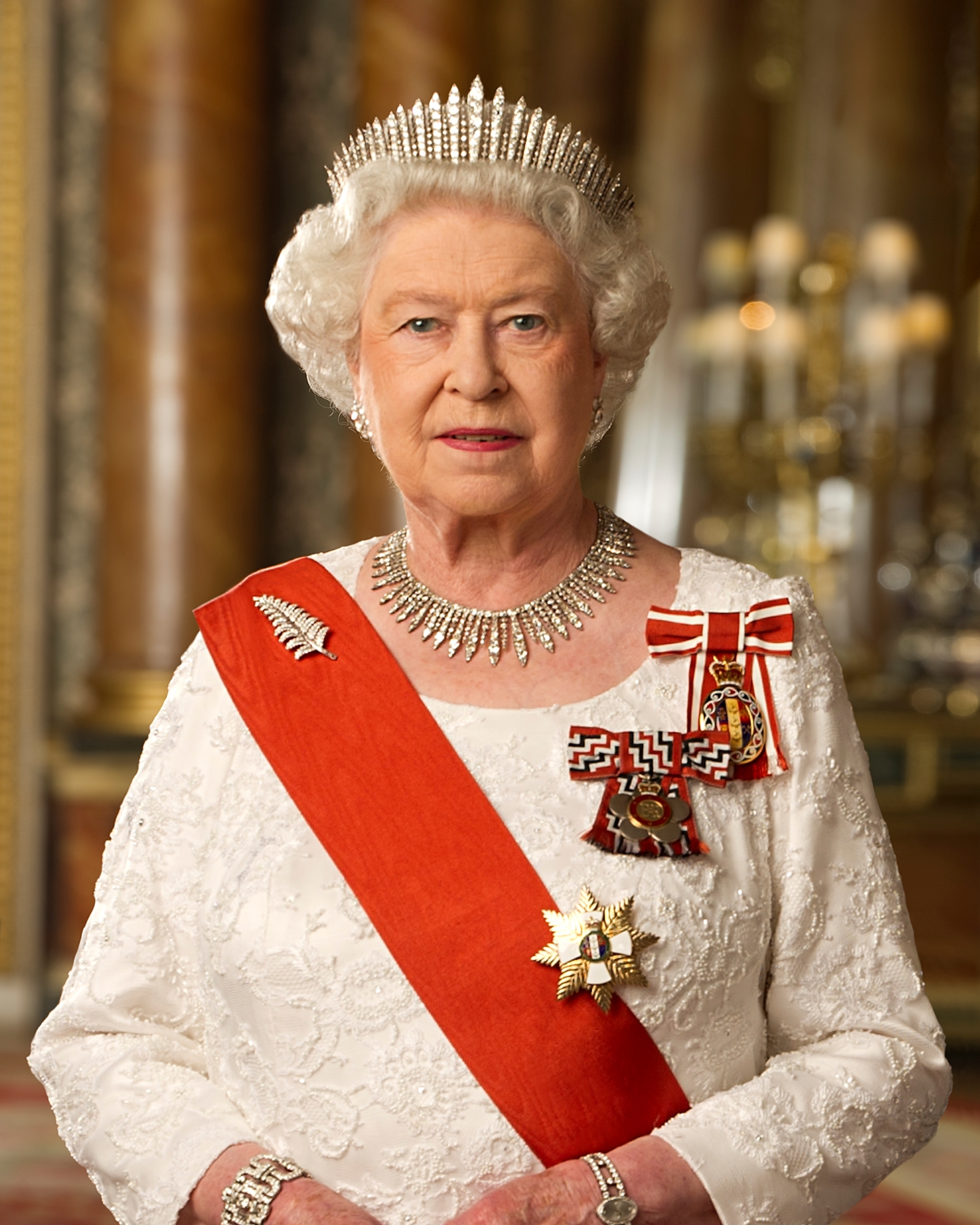

The latest news in your social feeds
Subscribe to our social media platforms to stay tuned